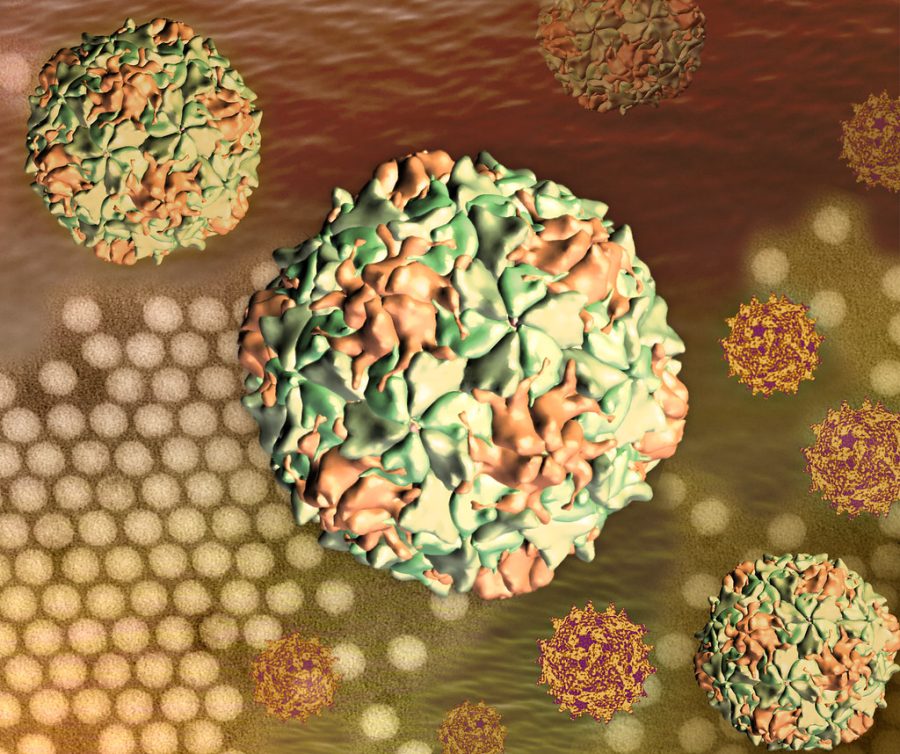Covid, Monkeypox? Guess again
The possible Polio outbreak and the effects it could have
What is Polio and when did it first originate?
One of the most deadly and infectious diseases to ever hit the U.S, Polio may be back. Though it was thought to have been eradicated around forty years ago in the United States, an unvaccinated person in Rockland County, New York was found to have a case of the virus in June of this year. Polio previously originated in the United States in the year 1894. Polio was found in the filtered spinal fluid of someone who had actually died from the virus, and it was later found out that small particles caused the virus. Even then, it was considered extremely contagious, especially after being the result of several epidemics. Polio had epidemics between the years 1948 and 1955, which led to many people becoming cautious for one another’s safety and the possibility of the virus spreading even more. Many people in the United States were on edge due to Polio, and a vaccine for Polio was not available at this time. Later when a vaccine was finally developed in the U.S., there was a decrease in the amount of people, especially young children, that were left disabled from the effects of this previous outbreak.
How this could impact schools, including Oakton
With Polio possibly spreading in the (near) future, another shutdown could happen. That could mean that schools would resort back to virtual learning, which was also the result of the Coronavirus in 2020. With our school now being in this in-person learning environment, a new spread of Polio could damage the slow progress the western world has made going forward. In this possible Polio outbreak, vaccination is seen by many medical officials as a visible option in stopping this possible spread. It is additionally seen as important to not ingest any food or water that has been contaminated, since Polio is not an airborne virus.
Ways you can prevent the effects of Polio
There are various ways to help in preventing Polio from spreading. Getting vaccinated against these viruses is strongly recommended by many to stop them from being contracted and from being spread from person to person. Even if you are not immunocompromised, it is still considered a reasonable choice by medical officials, such as the CDC (Centers for Disease Control and Prevention), to take the initiative to get vaccinated. According to data on the CDC’s website about the effectiveness of the Polio vaccine, two doses of the vaccine have around a 90% effectiveness rate against Polio. That being said, it is also shown that getting three doses of the paralytic Polio vaccine has around a 99% to 100% effectiveness rate. Another thing to add is that Polio is spread through contaminated food and water. Infectious particles that carry Polio get into food and water, making those who ingest that said contaminated food and water infected. The symptoms that come with Polio vary, as with every virus, but some common symptoms include headaches, fever, fatigue, and vomiting. Becoming paralyzed is not the only long term effect that polio can have on anyone that contracts it. Even if someone is diagnosed with Polio and does not become completely paralyzed, they could still suffer from long term fatigue and muscle weakness.






